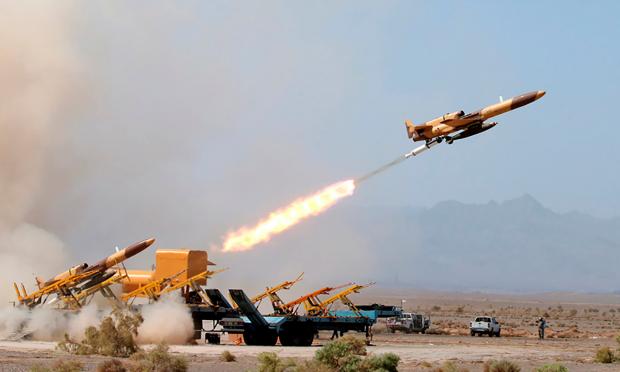Modernizing Russia's air defense capabilities has become more urgent now than ever, with Ukraine's continued long-range drone strikes against Russian positions. For example, Russia recently announced that an alleged Ukrainian Tu-141Swift drone was shot down using EW equipment in a town just 180 kilometers from Moscow.
These unmanned aerial vehicles are used by the Armed Forces of Ukraine as carriers of FAB-100-120 aerial bombs, which are capable of causing very heavy damage. Recently, a settlement was attacked by such a drone, in the Tula region, and even when the UAV was shot down, the damage turned out to be extremely severe.
However, as we reported in the Pentateuch, there are indications that at the Kharkov aviation plant, despite the suspension of the production of Tu-141 Swift unmanned aircraft in the 90s of the last century, there are still about a hundred of them, which can technically they turn into deadly drones, which form a…. very serious risk.

Tu-141s, a long-range, high-speed Soviet-era unmanned aerial vehicle, have been in Ukraine's inventory since 2014. Lacking longer-range missiles and rockets, Kiev forces are believed to have repurposed these drones, retrofitting them with explosives warheads and use them to strike targets deep inside Russian territory.
With a range of about 1,000 kilometers, Ukraine previously used these drones to target the strategic Russian airbases Engels and Diaghilev.
In general, there has been an increase in drone attacks targeting Russia. In January this year, photos and videos online showed that the Russian military had installed Pantsir air defense systems on the roofs of some defense and administrative buildings in central Moscow. This gave the impression that they were preparing for an imminent attack on the capital at that time.
Although the repeated drone strikes did not cause significant damage, their number and scope underscored the once formidable "Russian vulnerability" and reiterated Moscow's need to strengthen its air defense architecture.

Air defense of Moscow
According to an American media outlet, Russia's State Armament Program is intended to result in the deployment of 800 S-400, S-350 and S-500 missile launchers in 100 battalions.
The 1st Air and Missile Defense Army, which guards Moscow and the central industrial district, is currently under the command of the Air and Missile Defense Forces of Russia. The 1st Air and Missile Defense Army Regiments are armed with S-300 or S-400 platforms. The Russians claim that, both systems have proven highly effective in their own right.
The S-350 Vityaz is a medium-range surface-to-air missile system, which was first revealed at the 2013 edition of the MAKS air show. Russian forces are said to have secured the delivery of this system in 2019.
The interceptor for the S-350 system is the 9M96 guided missile, which can be deployed against aerial and ballistic threats at a range of up to 120 kilometers and an altitude of 10 to 30,000 meters.
Russia will equip the 15th Airborne Forces Army with the anti-ballistic missile S-500 as part of the planned special purpose air and missile defense brigade. The S-500 is reportedly being produced under the State Armament Program, commonly known as GPV-2027.

The S-500 Prometheus is a next-generation surface-to-air missile system with a range of 600 kilometers (370 miles). It is an all-purpose high-altitude interceptor system with enhanced missile defense capabilities, intended to intercept and shoot down stealth aircraft and intercontinental ballistic missiles.
These advanced features underscore the importance of this system, which will soon be deployed with the Special Purpose Air and Missile Defense Brigade.
The plan reportedly includes the development of the S-550 with an extended range and better enemy weapon detection and tracking capabilities than the S-400 and S-500. The S-550 will be delivered to the aerospace forces by 2025.
Further, Shoigu also announced that this year, the Russian Ministry of Defense will activate the combat warning system at the Razvyazka space control station. This will replace the long-range radar station Dunai-3U, which operated from 1978 to the early 2000s.
The current Don-2N radar station, which has been operating in the Moscow region since 1989 and has recently undergone improvements, will be supplemented and supported by the Razvyazka early warning radar. Razvyazka is a zone radar and its primary purpose is to list and work with high orbit space objects.



